Archaeologists have unearthed the oldest dated cave paintings in South America. They found these paintings in Argentine Patagonia’s Huenul 1 cave. The paintings date back 8,200 years, marking a significant milestone in archaeological research.
This discovery provides new insights into ancient South American cultures.
Did you know? The Huenul 1 cave is 630 square meters in size, roughly equivalent to two tennis courts.
Huenul Cave: A Treasure Trove of Art
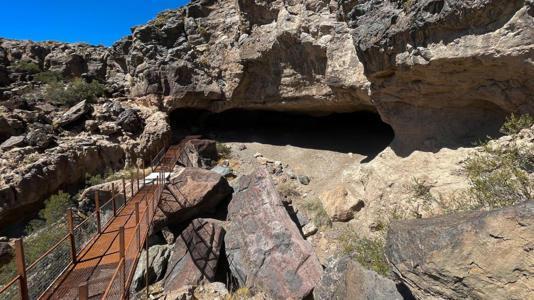
Researchers discovered 895 paintings in the Huenul 1 cave. The cave lies 1,100 kilometers southwest of Buenos Aires.
Its remote location helped preserve these ancient artworks. The sheer number of paintings suggests a rich artistic tradition.
What subjects did these ancient artists choose to paint?
Dating Technique Confirms Paintings’ Ancient Origins
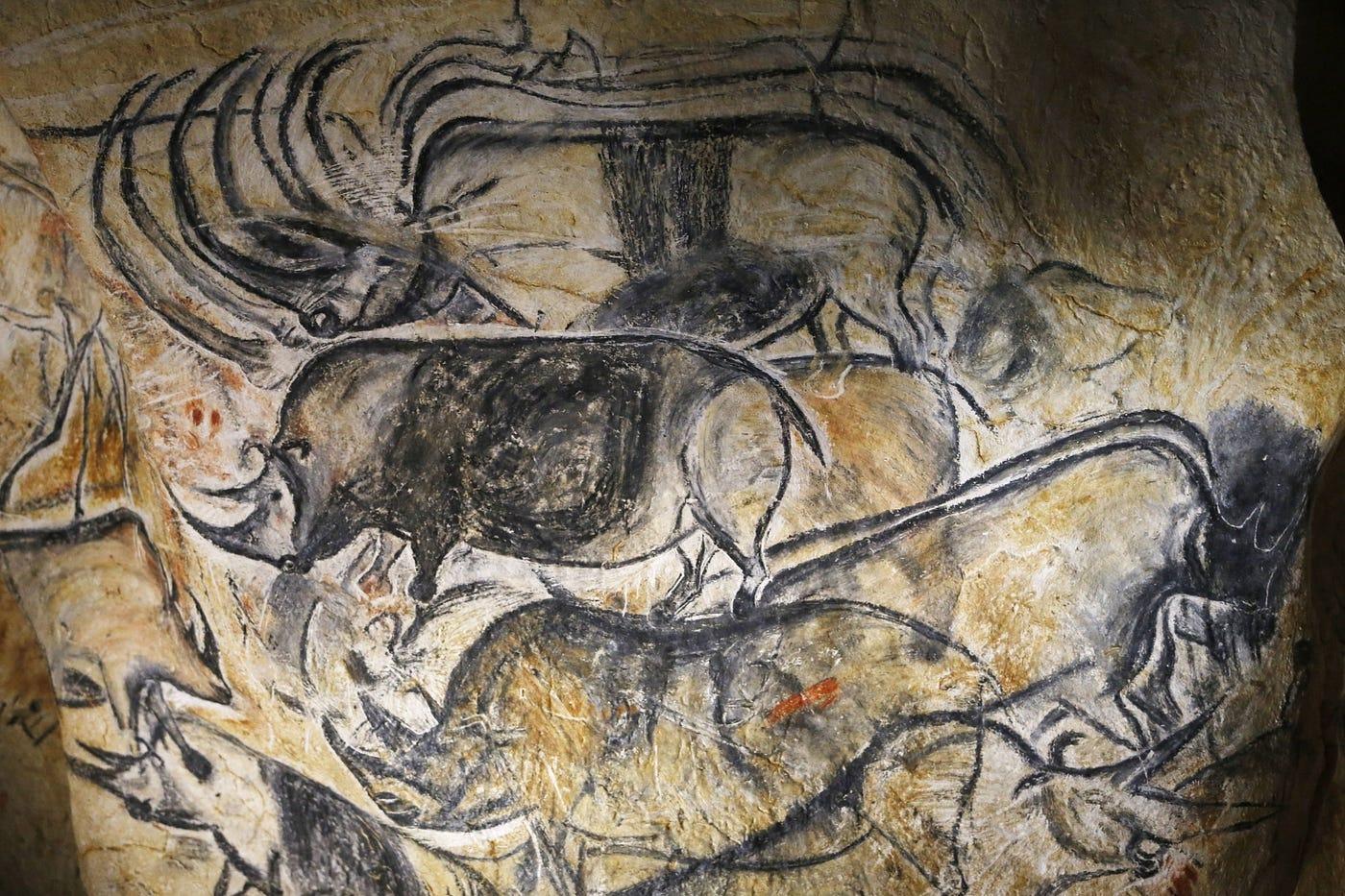
Scientists used direct dating on four black peniform patterns. These patterns were drawn using charcoal. The dating technique provided concrete evidence of the paintings’ age.
This method allows for more accurate historical placement than relative dating.
Did you know? Radiocarbon dating, used to date these paintings, was developed in the late 1940s.
Sustained Artistic Tradition Over Three Millennia
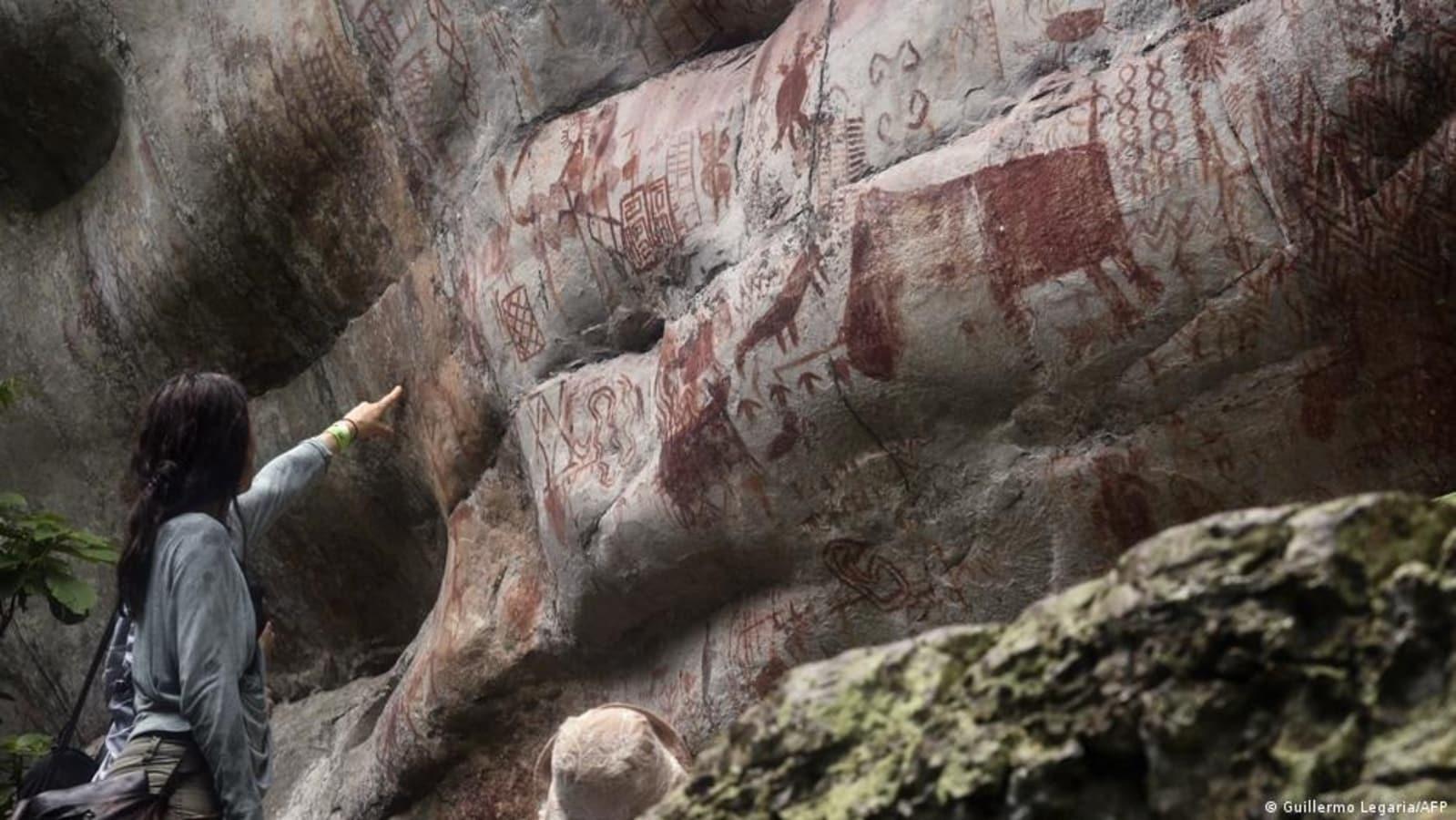
The cave art production began around 8,000 years ago. Artists continued creating similar patterns for at least 3,000 years.
This longevity suggests a strong cultural tradition. It also indicates the importance of this art to ancient societies.. What cultural significance might these patterns have held?
Hunter-Gatherer Societies: The Ancient Artists
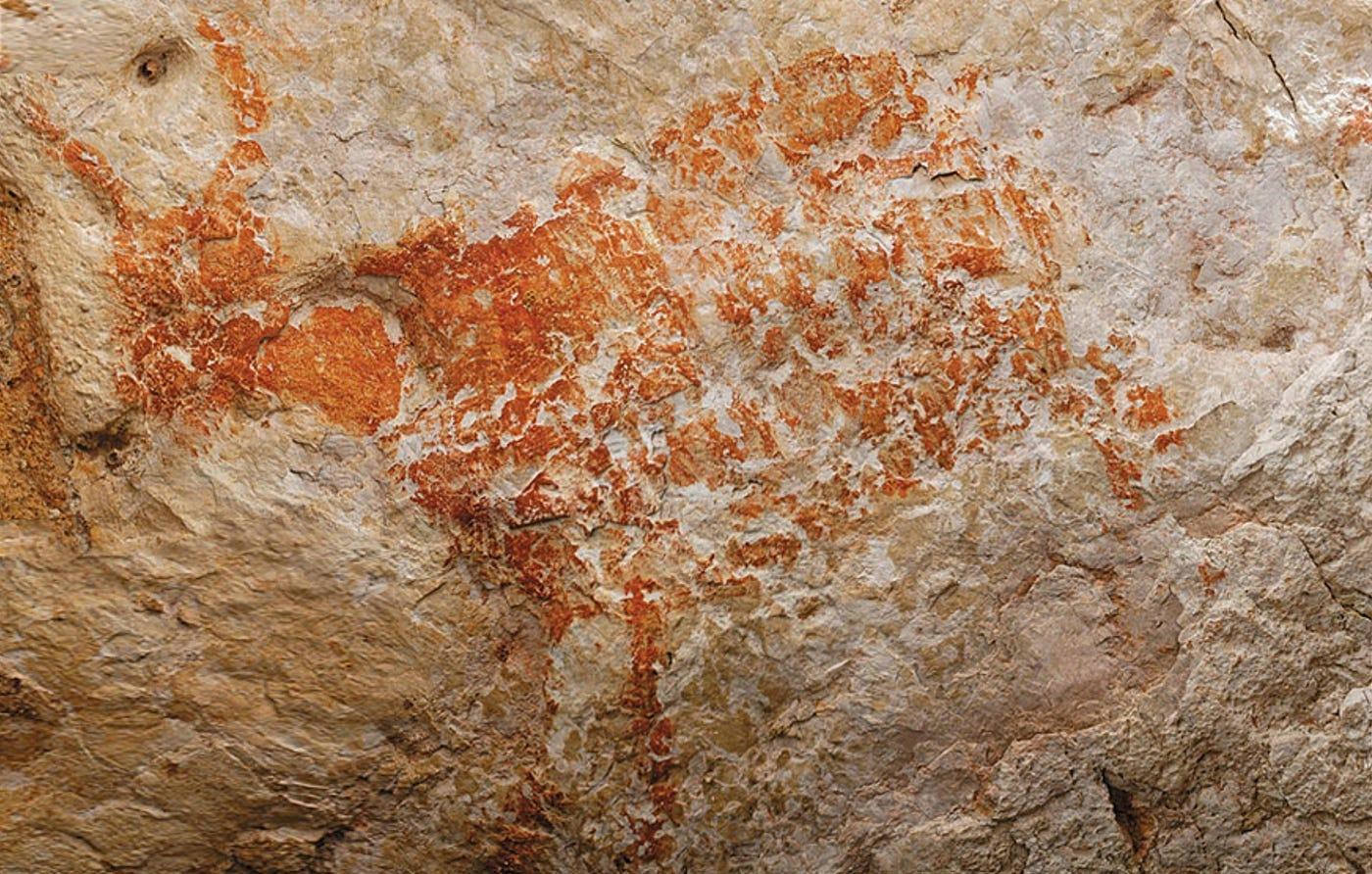
The paintings provide evidence of hunter-gatherer artistic abilities. These societies inhabited the region during the middle Holocene.
The art reveals their cultural transmission methods. It also showcases their adaptation to changing environments.
Did you know? The middle Holocene period lasted from roughly 7,000 to 5,000 years ago.
Art as a Response to Climate Challenges
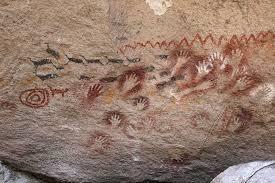
Researchers believe the paintings were a resilience response. The artists faced extreme dryness during the middle Holocene.
Their art may have helped them cope with these harsh conditions. It potentially served as a form of cultural adaptation. How else might ancient societies have adapted to climate changes?
Cave Paintings: A Prehistoric Communication Tool
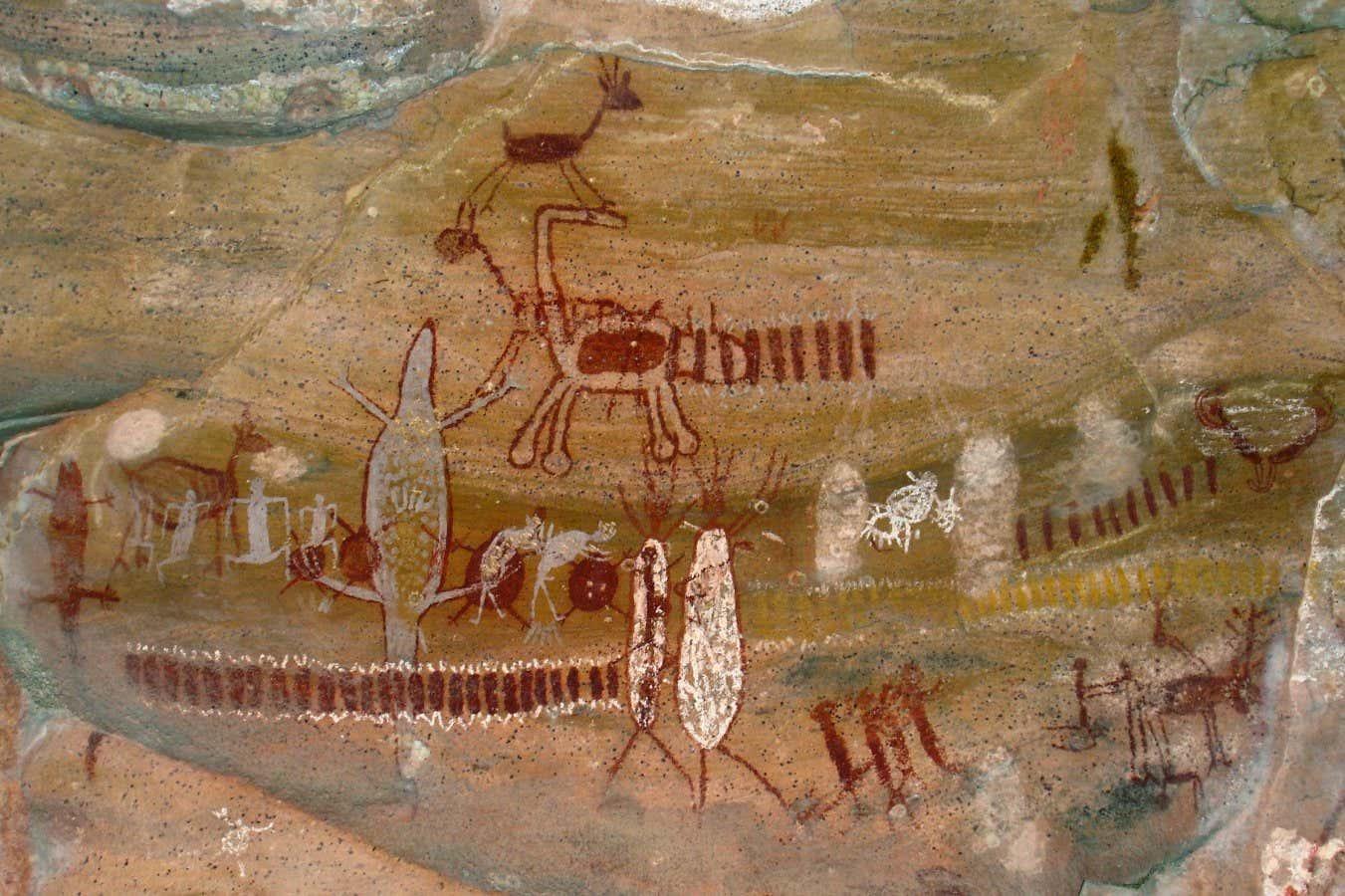
The art likely served as communication between scattered populations. It may have helped maintain cultural ties across distances.
The paintings could have conveyed important information or stories. This suggests a sophisticated use of visual language.
Did you know? Some prehistoric cave paintings in Europe are believed to be star charts.
Comparing Huenul to Other South American Sites
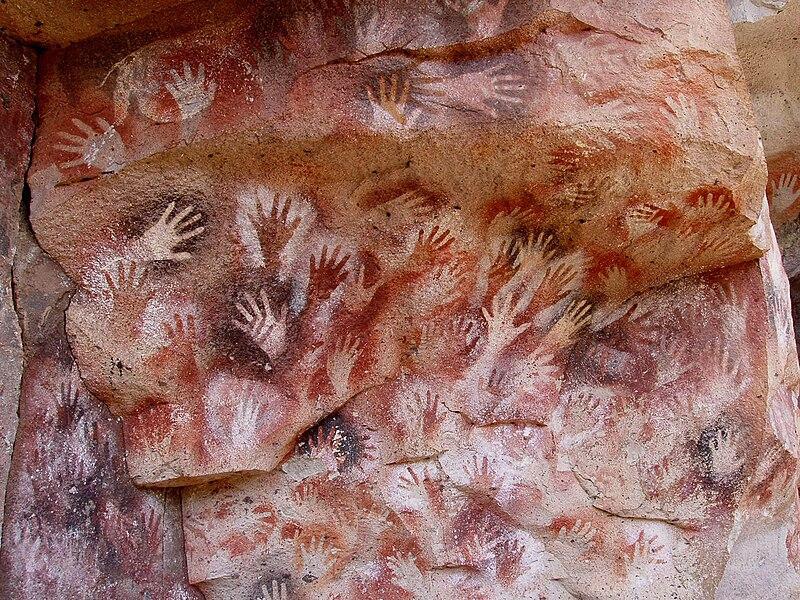
Other South American sites may have older paintings. However, these sites only have relative dating available. Argentina’s Cueva de las Manos has paintings dating back 9,500 years.
The Huenul cave provides the earliest directly dated paintings. What new dating techniques might reveal about other ancient sites?
Implications for Understanding Ancient Migrations
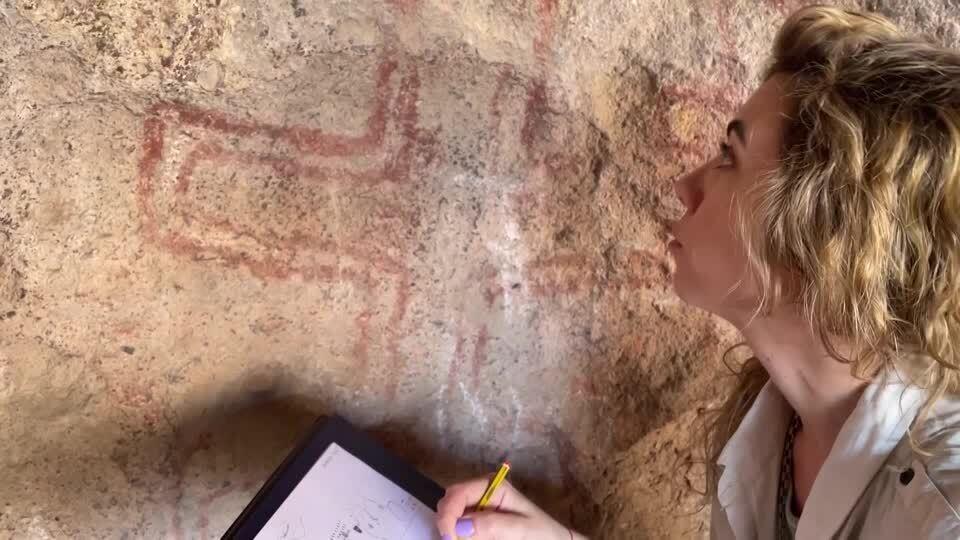
This discovery could shed light on ancient migrations. It may help trace the movement of prehistoric peoples.
The art style could be compared to other regions. This comparison might reveal cultural connections across vast distances.
Did you know? The first humans are believed to have arrived in South America around 15,000 years ago.
Preserving Ancient Art for Future Study
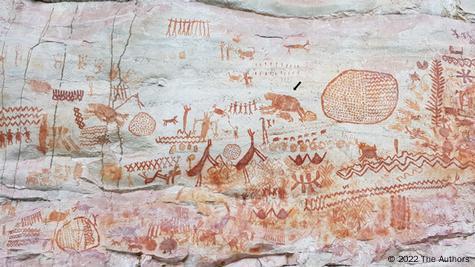
Preserving these paintings is crucial for ongoing research. Modern techniques allow for non-invasive study. Climate control in the cave may be necessary.
Future discoveries may still lie hidden in the cave. What other archaeological treasures might Huenul cave hold?

